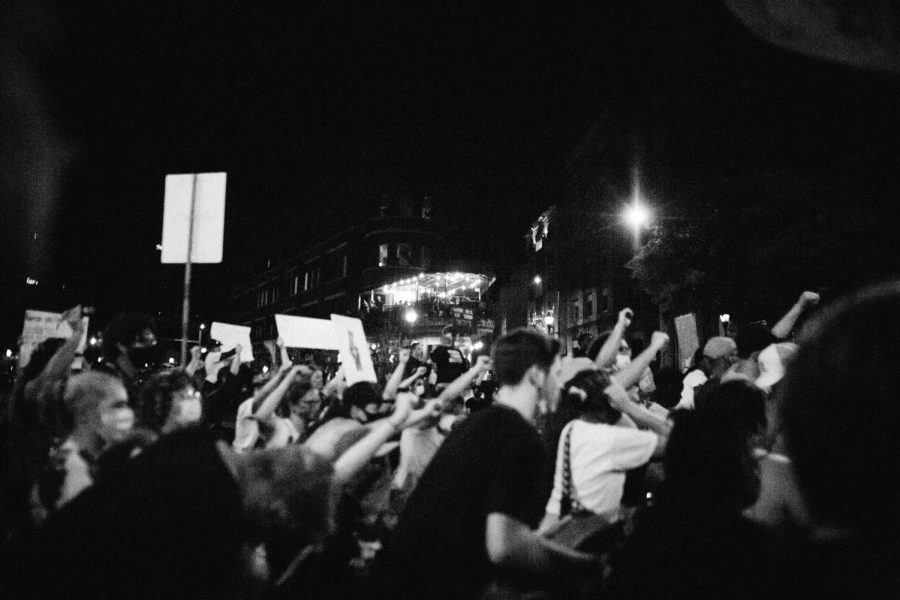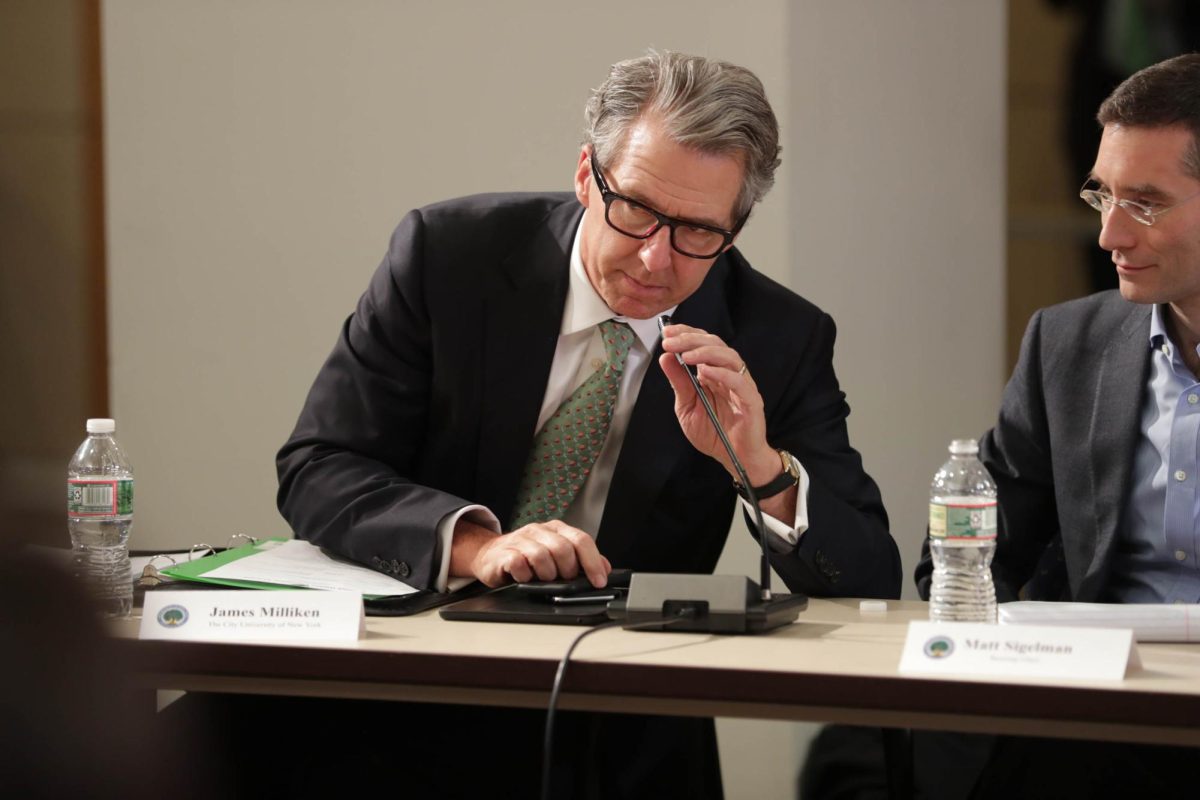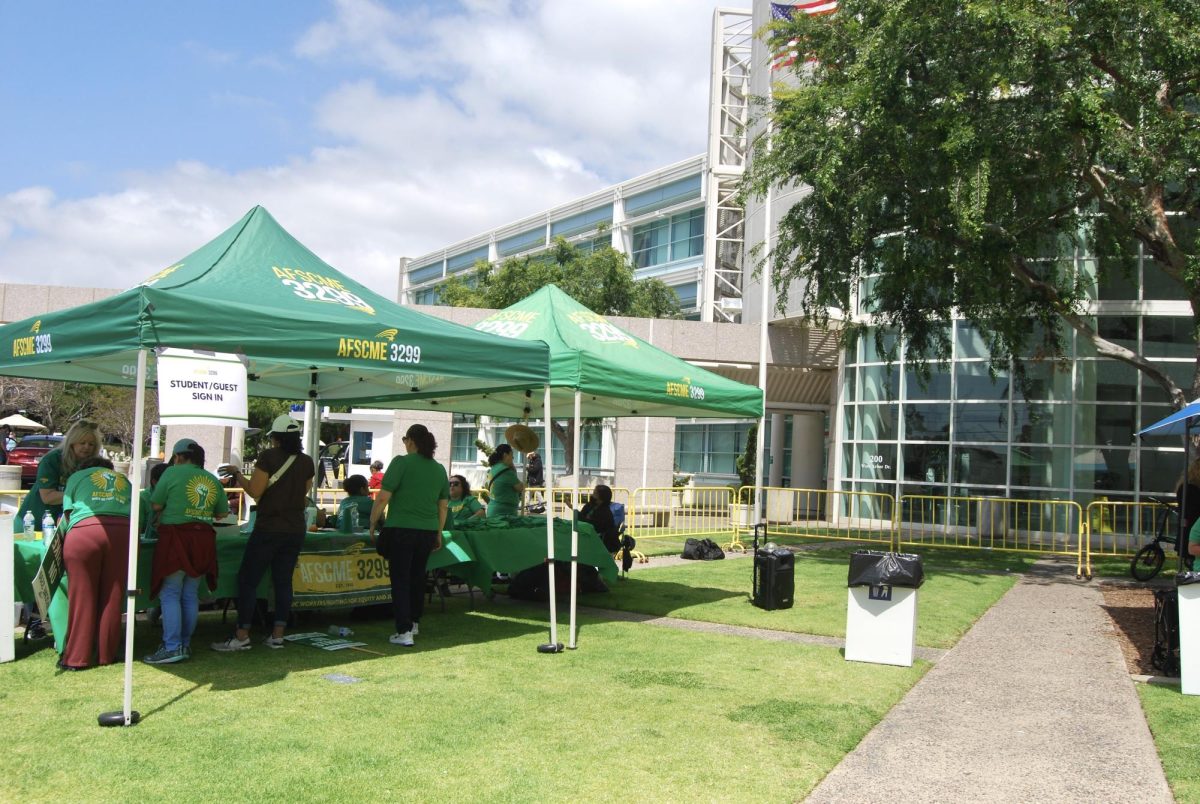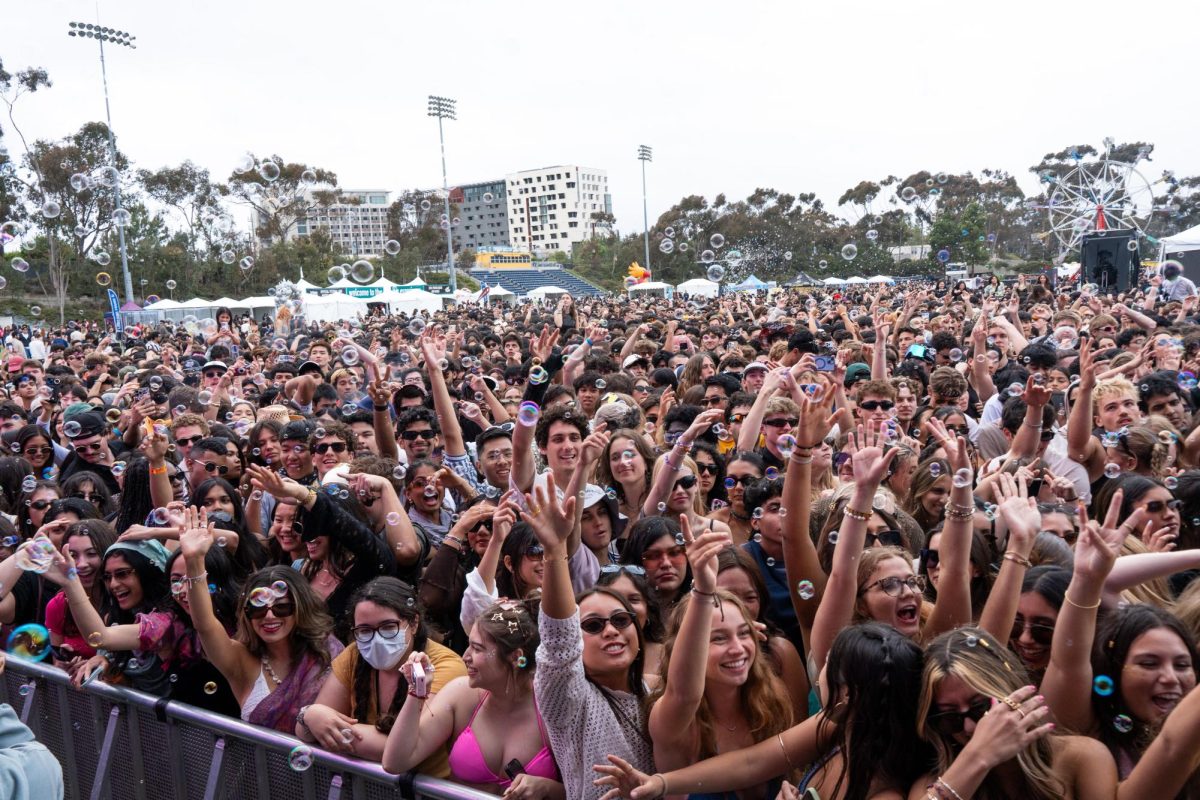UCSD’s Riot Conspiracy Theory
May 14, 2023
The history of the University of California is one steeped in political action. One of UC San Diego’s most remembered displays of political disobedience occurred in 1970 at Revelle College, when George Winne Jr. lit himself on fire in protest of U.S. involvement in the Vietnam War. Today, a Peace Memorial stands adjacent to the Revelle Plaza Fountain in his honor.
These early days of UCSD’s history were a politically decisive moment in American history, and many students began to question the authority in place. Distrust in the government, UC system, and cultural norms came hand in hand with the counterculture movement of the 1960s. Amidst the controversy, one notorious rumor began to circulate: that UCSD’s campus was designed to prevent rioting. Today, this is still among the oldest conspiracy theories about UCSD. However, the story of this theory actually begins at UC Berkeley with Clark Kerr.
Kerr was the son of a farmer and had come a long way from rural Pennsylvania to become the first in his family to get a college education. After getting his doctorate from UC Berkeley, he became a professor there. As the Second Red Scare began, he quickly made a name for himself by defending his colleagues who refused to sign an oath swearing that they were not communists. Throughout the years, the respect he earned eventually earned him the spot as the first chancellor of UC Berkeley in 1952, and soon the president of the entire UC system in 1957.
Fascinatingly, we actually have Kerr to thank for the way public education was established in California. Kerr had great pride in his rural background and was known to become frustrated at those who looked down on agriculture. However, Kerr was also among the first educational leaders to envision a future in which workers were valued more for their intellect instead of their physical abilities. He designed the universities he overlooked around this philosophy. In addition, in response to the growing number of students going to college during this time, he created California’s current college system, with the UC campuses being the “high-end” research institutions, California State Universities for handling the bulk of “middle-range” students, and California Community Colleges handling vocational education, transfer-oriented education, and everyone else.
However, soon under Kerr’s tenure, political controversy began to erupt at UC Berkeley.
In the summer of 1964, philosophy major Mario Savio went to Mississippi to aid the Freedom Summer Project, a cause aimed to help African Americans vote. After this experience, he set up information tables and collected donations on UC Berkeley’s campus. However, the efforts were shut down by the university, as fundraising for political groups on campus was limited to a few select organizations. Savio was enraged that the university had blocked his efforts to spread the campaign, and his efforts to fight back ended up being the origin of the Free Speech Movement.
In the following decade, numerous riots broke out on campus, which eventually grew to over a thousand participants with Savio at the center, delivering moving speeches. This movement challenged the university’s many regulations which suppressed the free speech and political involvement of students. They claimed that it was ridiculous that the Bill of Rights didn’t apply on campus simply in order to maintain an image for those who funded the university.
These riots were some of the first university student protests and had national influence. The Free Speech Movement gave students the confidence to become vocal about other pressing topics, such as the Civil Rights Movement and the Vietnam War (e.g.Winne’s self-immolation at Revelle College). What started off as a cry for students’ free speech transformed into a movement spanning many political issues. Berkeley was the focus of national conversation and the media face of student rebellion.
Kerr then stood at a crossroads. He could address the rioters’ concerns or use force to put an end to this behavior. There was pressure from both students who supported the movement and officials who wanted to fight them. Ultimately, he was not able to appease either side. Even when given the opportunity, Kerr decided not to expel any of the major figures in the riots. Even as the situation escalated, he continued to be very reluctant to expel any students, despite extreme pressure to do so. He was paralyzed, unable to make considerable action towards either side. This invited heavy criticism, as students felt their words weren’t being heard and university officials believed Kerr was being too lenient on the protesters.
Finally, in 1966, Ronald Reagan was elected as the Governor of California. As part of his campaign, Reagan promised to “clean up the mess at Berkeley.” Once elected, Reagan kept his promise and started by dismissing Kerr from his position. However, even despite this, UC campuses never truly stopped being hubs of political action. The history has already been marked into our universities’ legacies, and to this day, student movements frequently happen.
In the midst of all of this political turmoil and media attention, UCSD was officially established in 1960. The university was started when the city of San Diego offered land to the University of California near the already established Scripps Institution of Oceanography. The university was originally intended to be called UC La Jolla but was later changed to UC San Diego, a decision made by Kerr. The first college to be established was Revelle in 1964. In the beginning, there was only one college, but soon others followed.
However, not everyone has been optimistic about this system, and from this distrust, one of our school’s oldest conspiracy theories was born. The theory speculated that the reason for the multi-college system was to decentralize the student population, making it more difficult for students to rally together to repeat the same political riots that were happening at UC Berkeley. Given the time period of UCSD’s emergence and the massive amount of attention on the protests, it would make sense that the political unrest was fresh on the minds of the UC Board of Regents.
At a surface level, this actually doesn’t seem too surprising. Separation doesn’t just make students physically farther, but it also clusters them into different communities with fewer opportunities to socialize and share ideas. Some today claim this partially contributes to UCSD’s reputation as being “socially dead.” In addition, when riots do occur, a disturbance at one college may not cause as much of a disruption to colleges on the other side of campus.
However, many dismiss this theory as a baseless conspiracy. Deniers often point out that a similar version of this theory actually exists at many other universities such as Columbia University and Southern Illinois University. In fact, this theory is a rumor at nearly every university with large, concrete, bunker-like buildings. This style of architecture was known as brutalism, and it was rampant on college campuses during the time of the Berkeley riots.
Brutalism is an architectural movement from the United Kingdom that was widespread among American universities in the 1960s and 70s. A result of the post-war era, this style utilized solid concrete shapes and sharp angles to highlight structure over decorative details. Artistically, these structures are intended to look heavy and immovable, invoking feelings that are grandiose, monumental, and even heroic.
Brutalism can be found at UCSD, as well. The majority of John Muir College is built in this style, and Geisel Library is actually a world-famous spectacle of the style. GQ Style even names Geisel as one of the “9 Brutalist Wonders of the Architecture World.”
Critics of this style have noted that these structures invoke hostility and aggression, and many also stick out when placed next to other buildings. In addition, in casual discourse, brutalism has garnered a reputation as being the butt of plenty of jokes. Many believe that most of these buildings are just frankly ugly.
Other universities with similar riot-based theories as UCSD claim that their university’s brutalist architecture discourages large student gatherings and riots because the buildings’ often confusing and sprawling floor plans make it difficult for students to gather there.
For example, Southern Illinois University’s Faner Hall is well known for its confusing, uninviting layout. It’s a multi-story lecture hall with nothing of significance on the ground floor and a separate, individual staircase for every single floor. This means that to get from the second to the third floor, you must go down the second floor’s staircase to the ground floor before going from the ground back up to the third floor. The story goes that structures like these dissuade students from wanting to gather there.
The theory that brutalist architecture at universities dissuades riots is not taken seriously by the architecture community. Brutalism was born in the 50s, and most brutalist projects were either already started or completely finished during this decade. This makes the style older than the Berkeley riots of the 60s and 70s, and likely not associated in any way. Deniers of UCSD’s riot theory point to this common consensus as being definitive proof against riot theories.
However, it is important to zoom out and bring the theory’s context back to UCSD. Its riot theory is slightly different from other universities: although brutalist architecture certainly exists on our campus, our theory’s argument is that the multi-college system is the anti-riot mechanism, not the architecture. Moreover, UCSD is in a very different position from the aforementioned universities by having a much closer relationship with UC Berkeley, both geographically and through a shared management system of the UC.
Despite UCSD’s fascinating position in relation to the riots, the origin of the college system makes the riot theory seem unlikely. The decision for a multi-college system actually didn’t come from the UC Regents, the party which would likely be most concerned with containing riots, but by passionate architect Robert Alexander.
After finishing his bachelor’s in architecture at Cornell University, Alexander continued studying in Paris, Italy, and Spain. He was greatly influenced by his time there, and when commissioned to work on UCSD’s campus, he sought to create something like the Champs-Élysées in Paris.
The plan was very ambitious. He envisioned 12 colleges, each with its own architectural style. The colleges would be joined together by a grand plaza that would contain a six thousand-seat amphitheater, a bell tower, and a library as impressive as a Mayan pyramid. Alexander was able to oversee the design and construction of the first one of his colleges, Revelle.
When Revelle was finished, Roger Mosher, a pioneer in the post-war modernist architecture movement in San Diego, was brought in to design the second college, Muir. However, Mosher didn’t artistically agree with Alexander’s vision. He felt that the plan was too grandiose, almost totalitarian. He was known to have even compared the plan to Nazi architecture.
Mosher was able to convince the school’s administration to accept their proposals and abandon Alexander’s original vision. The scale was toned down, and only five colleges were to be built. Alexander felt betrayed by this change and left the project.
Given the history, it seems more probable that the multi-college system was the result of an ambitious architect seeking to build his dream campus instead of a powerful board wishing to maintain its power by suppressing student protest. However, there is still technically no definitive proof that this isn’t the case. There is nothing to say that Alexander’s multi-college vision wasn’t approved precisely because of its protest-stopping potential. We ultimately have little insight into the thoughts behind these executive decisions, and for that reason, this theory will likely be around for a long time to come.
Photo Courtesy of Kelly from Pexels













